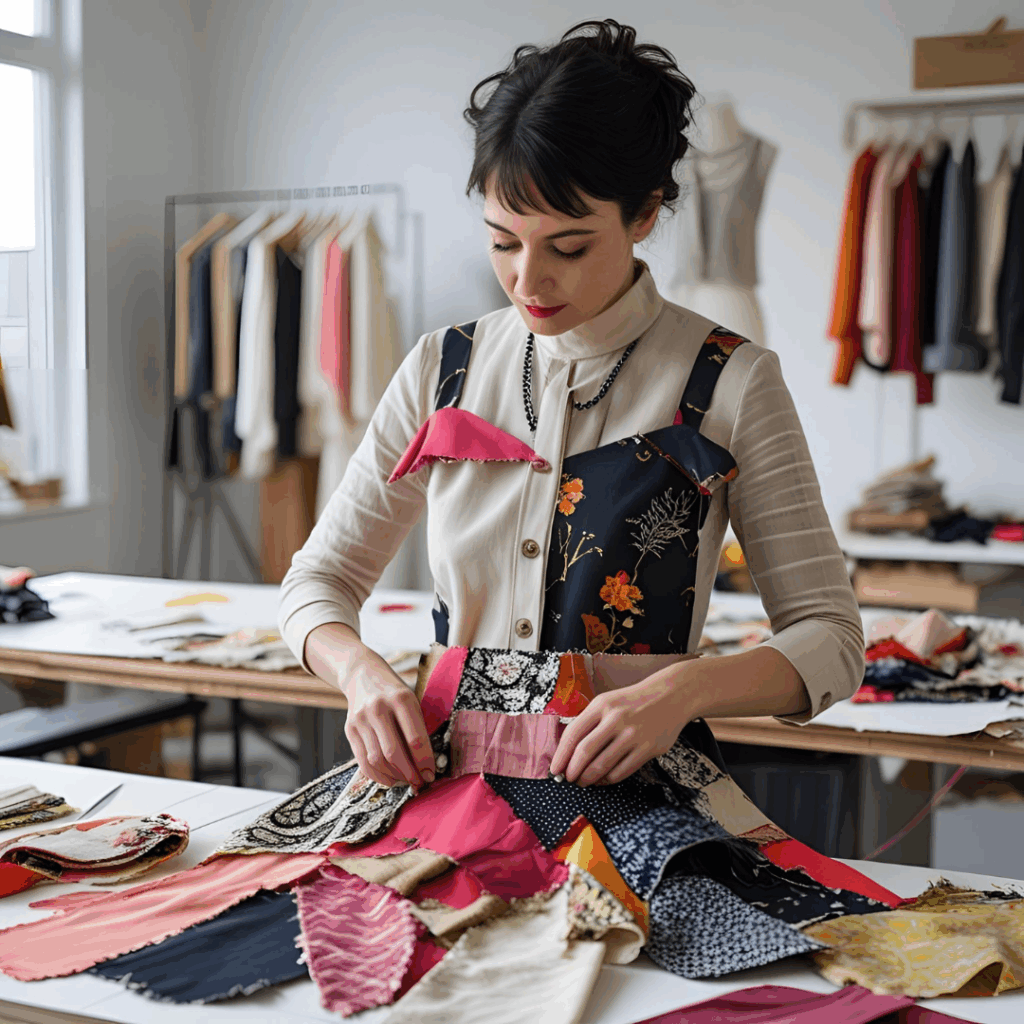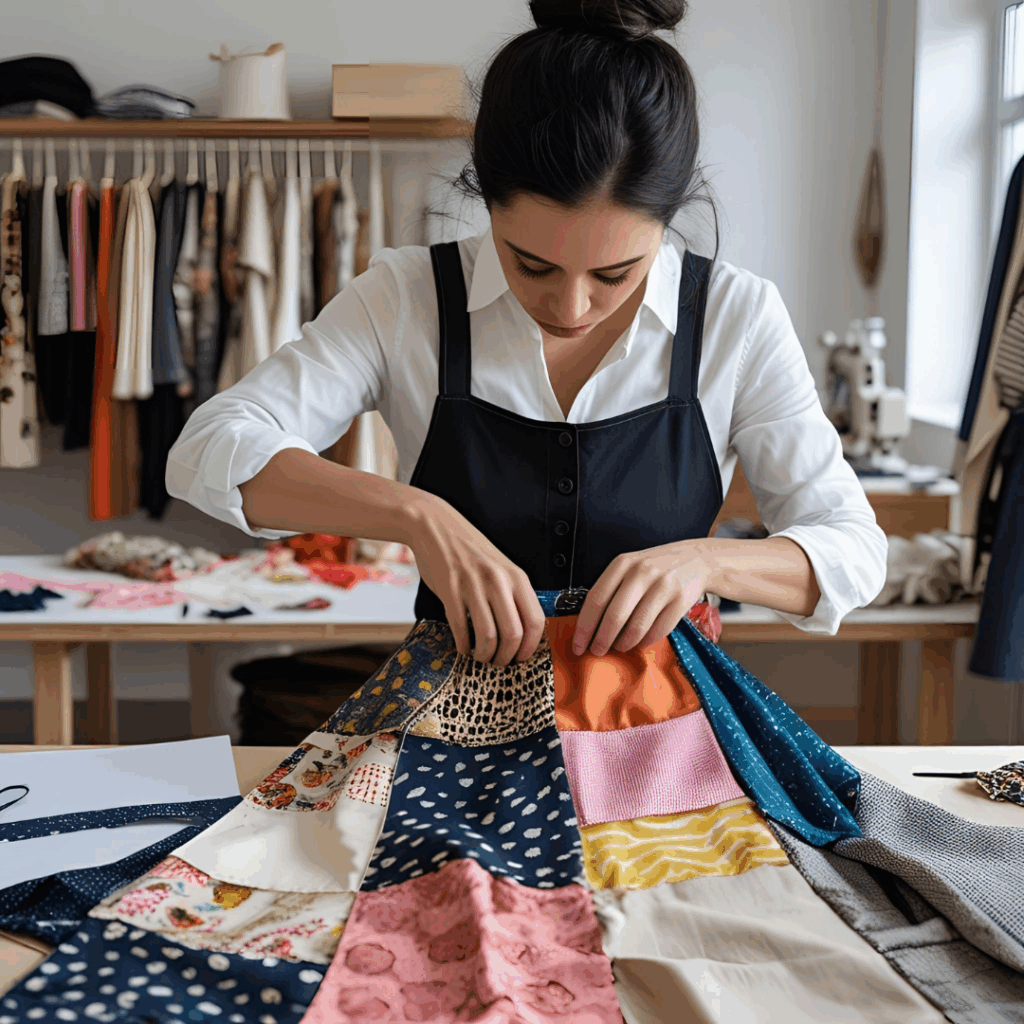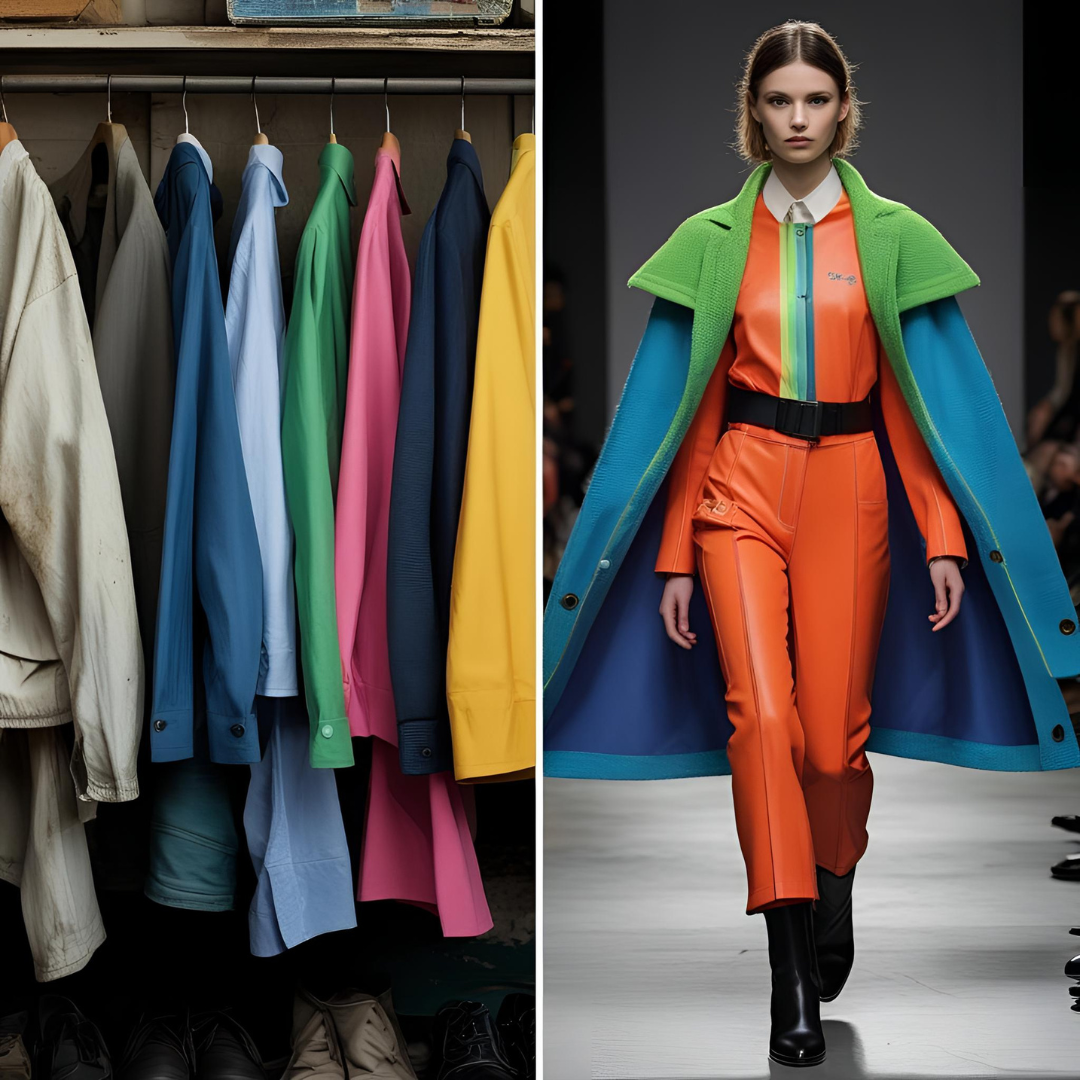Imagine your wardrobe. How many pieces have been sitting untouched for months, maybe even years? A pair of jeans that no longer fits, a shirt with a small stain, a blazer with an outdated cut. For most, these items are candidates for disposal. But for a new generation of creative designers, they are blank canvases, full of potential.
Welcome to the world of upcycling, the movement that’s redefining luxury, creativity, and sustainability in fashion. More than just a trend, upcycling is a philosophy that turns the “old” into something new, exclusive, and incredibly desirable. Let’s dive into how designers are leading this revolution—one garment at a time.
What Is Upcycling (And Why It’s Not Just Recycling)?
It’s crucial to understand the difference. While recycling typically breaks down a material to create something of equal or lower value (like turning PET bottles into polyester fiber), upcycling is a process of creative reuse.
The goal is to take an item destined for disposal and, through design and technique, add value to it—transforming it into something with greater quality and aesthetic than the original. It’s fashion alchemy: turning lead into gold.

🎨 The Creative Process: Behind the Scenes of an Upcycling Studio
How does an old denim jacket become a runway piece? The process is a mix of curation, craftsmanship, and imagination.
- Creative Scouting: It all starts with raw material. Upcycling designers are treasure hunters. They scour thrift stores, bazaars, deadstock warehouses, and even friends’ wardrobes in search of quality fabrics, unique cuts, and pieces with a story.
- Smart Deconstruction: The chosen item is carefully taken apart. Seams are undone, zippers and buttons removed. The goal is to understand the garment’s structure and free the fabric to be reimagined. A pair of pants may become the sleeves of a coat; three shirts may merge into a one-of-a-kind dress.
- Reimagination and Design: This is where the magic happens. Using techniques like patchwork, asymmetric tailoring, natural dyeing, and embroidery, designers create an entirely new silhouette. They play with texture, color, and proportion—turning flaws like rips or stains into standout design elements.
Upcycling Trends to Watch For
Upcycling has moved beyond a niche concept and entered the mainstream. Keep an eye on these styles:
- Reconstructed Denim: Denim’s versatility makes it a favorite for upcycling. Designers combine different washes to create two-tone pants, jackets with bold cuts, and patchwork skirts.
- Deconstructed Tailoring: Oversized blazers from the ’80s and ’90s are being transformed with modern shoulders, cinched waists, or repurposed into vests and dresses. The result is classic meets edgy.
- Sophisticated Patchwork: Forget grandma’s quilt—modern patchwork uses luxurious fabrics like silk, linen, and wool, creating wearable art with color-blocked panels.
- Artistic Customization: Leather jackets, cotton tees, and other basics become canvases for hand painting, intricate embroidery, and appliqués, ensuring no two pieces are alike.
Why Upcycling Is More Than a Passing Trend
This movement is gaining strength because it taps into core desires of the modern consumer:
- True Sustainability: Upcycling is one of the most sustainable models out there. It drastically reduces the need for new materials, saving water, energy, and keeping waste out of landfills.
- Guaranteed Exclusivity: In a world dominated by mass-produced fast fashion, upcycling offers something rare—uniqueness. Each piece has a story and the guarantee that no one else owns the same.
- Emotional Connection: Wearing an upcycled piece is like wearing a story. Knowing that a garment had a past life and was transformed with care and creativity creates a far stronger bond than grabbing a generic item off the rack.

How to Join the Upcycling Movement
You don’t have to be a designer to embrace the upcycling mindset. Start with simple steps:
- Learn to Mend: A missing button or open seam isn’t the end of a garment. Learning basic repairs is the first step to valuing what you already own.
- Customize Something: Take that boring denim jacket and add patches, embroidery, or a splash of fabric paint. Give it a new personality.
- Support Local Designers: Find and support brands and artisans working with upcycling. You’ll be investing in a creative, ethical, local economy.
- Join Workshops: Many cities now offer sewing and upcycling classes. It’s a great way to build skills and meet like-minded creatives.
The Future of Fashion Is Already in Your Closet
The future of fashion isn’t about making more—it’s about creating smarter. Upcycling shows us that the most beautiful and interesting clothes may already exist, just waiting for a fresh perspective to shine once again.







